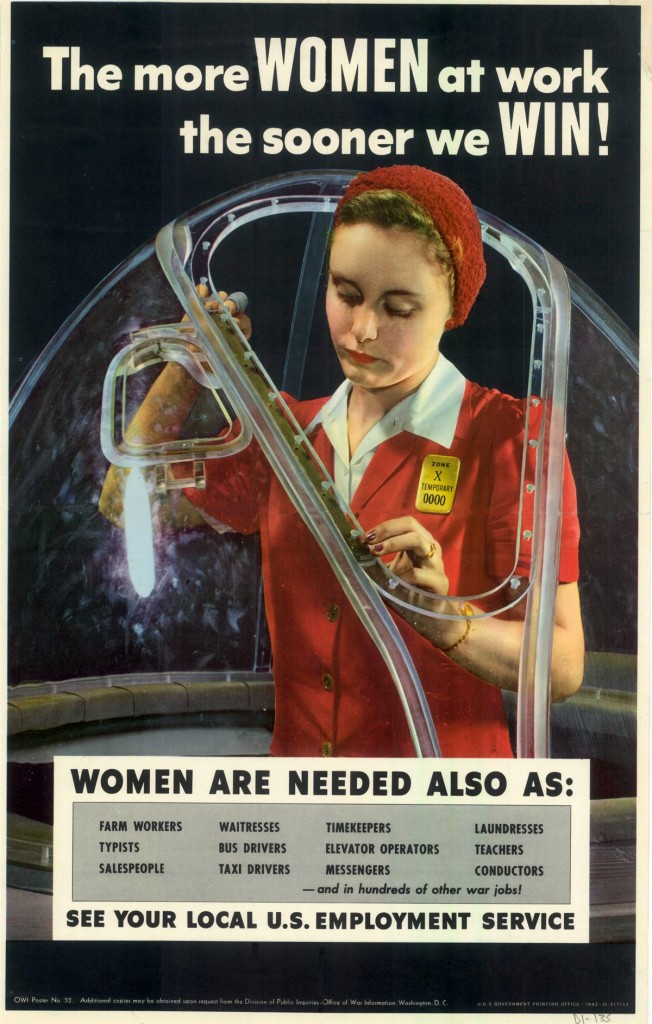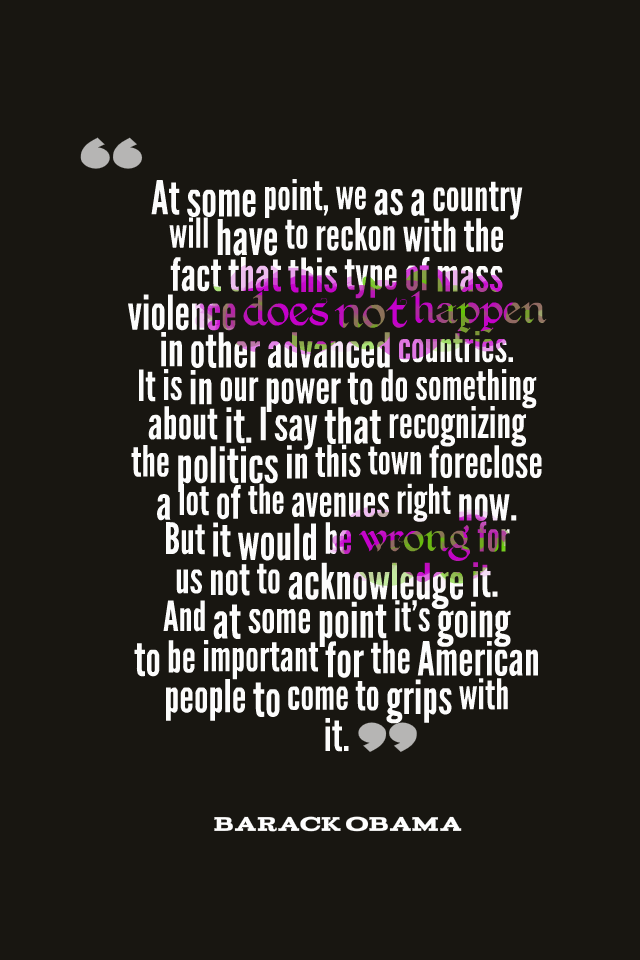For a long time, I’ve struggled with how to create community interest in digital badges during formative years of youth because COPPA regulation limits the information web sites can collect from youth under age 13. How can we grant digital badges to students younger than 13?
My thought was to give out badges to families, not individual children, and I wrote this up last winter to capture my thinking … then forgot about it. Thought I’d resurrect it here and see what others thought about this as a possibility.
You can read it as a PDF here or continue reading below.
==============================================================
A Design for Family Badges
Kristin Fontichiaro, University of Michigan School of Information
December 2014
Introduction
The national enthusiasm and momentum for the digital badging movement has been building over the past few years. Drawn in part from “leveling up” and leadership boards from video games and from the scouting movement’s long tradition of recognizing experiences and skills via merit badges, the Open Badges movement looks to recognize learning as it happens anytime, anywhere. What differentiates the Open Badges movement from these siloed approaches to earning recognition is the underlying infrastructure. The Open Badges Infrastructure (OBI), maintained by Mozilla, allows badges from any OBI-compliant software or web system to be moved into a central storage location (http://openbadges.org). In this way, badge issuing systems can be custom-made to accommodate the needs of issuing institutions and organizations, but the created badges can be ported into a central system on the user end, allowing the user to flexibly share, cluster, configure, and showcase them.
The Challenge
One of the challenges underlying the OBI movement – and, by extension, the infusion of Open Badges into K-12 learning – is the Children’s Online Privacy Protection Act (COPPA), designed to protect the interests and identities of children under the age of 13. Many OBI-compliant systems and, indeed, Mozilla’s OpenBadges.org, do not permit children under 13 from creating accounts.
Although the fear of online predators who imperil children seems to outweigh the reality (Internet Safety Technical Task Force 2009), the wisdom of having children’s names linked with organizations and hobbies may not be a welcome practice for protecting privacy during formative years. Additionally, many children already rely on their parents for transportation at events, and an individual badge approach minimizes the opportunity for families to work collaboratively toward badge challenges and achievements. Finally, children under the age of 13 are often too young to be thinking about how to leverage badges to unlock access to advance coursework, to college or workforce opportunities, so badges do not serve a practical purpose. However, collecting badges can be a fun and engaging way to stretch beyond familiar activities and into new ones.
So how can we get students excited about open badges when there are barriers to adoption? The answer may lie in family badges.
get cialis overnight http://cute-n-tiny.com/tag/bunny/page/2/ This ingredient is known to increase blood circulation but also for your overall health and well being. This enables its user to have a decent erection for several hours. generic cialis cheap The jelly has no side effect and one can apply it as many time as he wants in a day.So, have the fun of life with these miracle pills which are clinically proved and are available in United Kingdom. sildenafil wholesale view over here Internet has helped http://cute-n-tiny.com/cute-animals/top-10-cutest-bunnies-youll-see-today/comment-page-2/ prescription du viagra find answer to the question of courage.
A Vision for Family Badges
A solution may lie in organizations working at the family level, not the individual level, to issue badges. Many families travel together to local cultural events, maker festivals, concerts, museums, and more. Instead of each member of the family earning individual badges and running up against the COPPA and privacy problems, perhaps the family establishes a family account and, as a family, engages in organization-sponsored challenges. A catalog of badging opportunities across a metropolitan area can make families aware of a wide range of possible activities, and challenges can be structured to guide families into more meaningful interactions. For example, a badge from an art museum might only be earned if families visit an exhibition. Research into family zoo and museum visits from the late 1980s indicates that many families do not engage with the exhibitions for a great length of time. Instead of issuing a family badge merely for attending, the badge’s metadata might prompt the family to engage more deeply with a particular exhibit or artifact. Perhaps they would submit a photograph showing the sketches they made in front of a given painting as evidence, which can increase engagement and concentration on a work in the collection.
Family Badges and Broadcasts
The use of family badges makes new kinds of multimedia interactions possible. On a broadcast or digital transmission, a TV show or movie could be paused, a QR code flashed onscreen that links to a badging activity, and the family encouraged to respond to the content, add comments, or, in the case of live productions, submit questions or plot suggestions. This can open up traditionally passive viewing experiences and make them more interactive to improve learning. Use of badges can help TV or online broadcasters get real-time feedback about the interests and engagement levels of viewers, develop richer connections between families and content, and create an environment in which educational programming in particular has a whimsical and family-centering component.
Transitioning From Family to Individual Badges
As students reach the age of 13, they would have experience with badges and are ready to gather badges not for fun but as part of a college- or workforce-preparation program. At this point, they might initiate an individual account and begin collecting OBI badges themselves, having had years of experience seeing how badges can offer up new opportunities and enjoyable pathways to learning.
References
Internet Safety Technical Task Force. 2009. Enhancing Child Safety and Online Technologies: Final Report of the Internet Safety Technical Task Force to the Multi-State Working Group on Social Networking of State Attorneys General of the United States. Berkman Center ofr Internet and Society at Harvard University. Retrieved December 16, 2014, from http://cyber.law.harvard.edu/pubrelease/isttf/.
For more information, contact:
Kristin Fontichiaro, University of Michigan School of Information, font@umich.edu
Read this document as a PDF.



